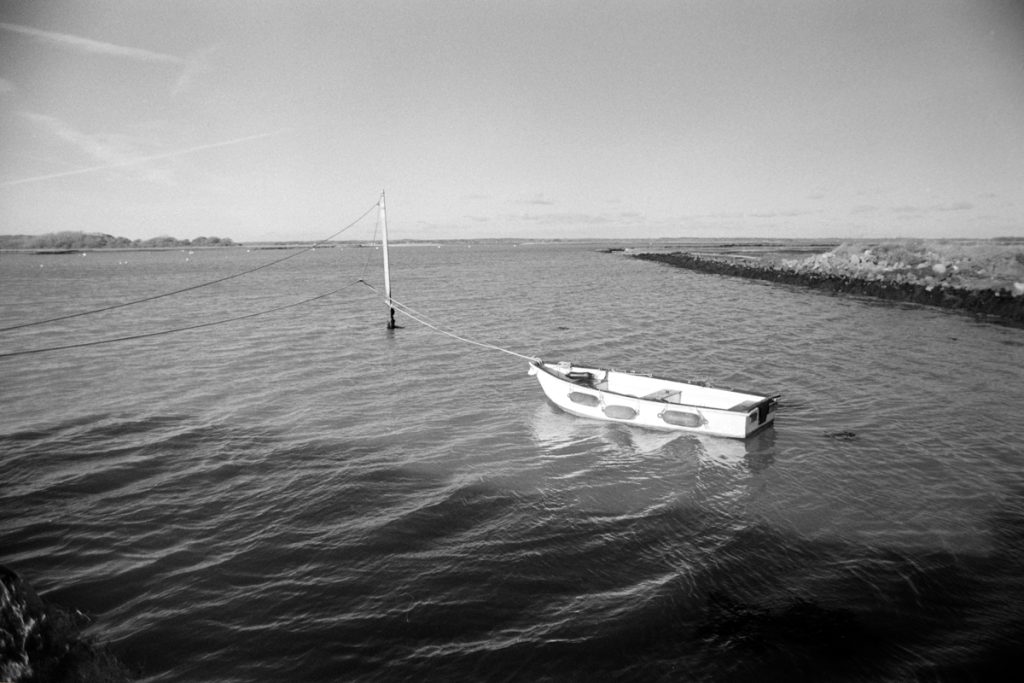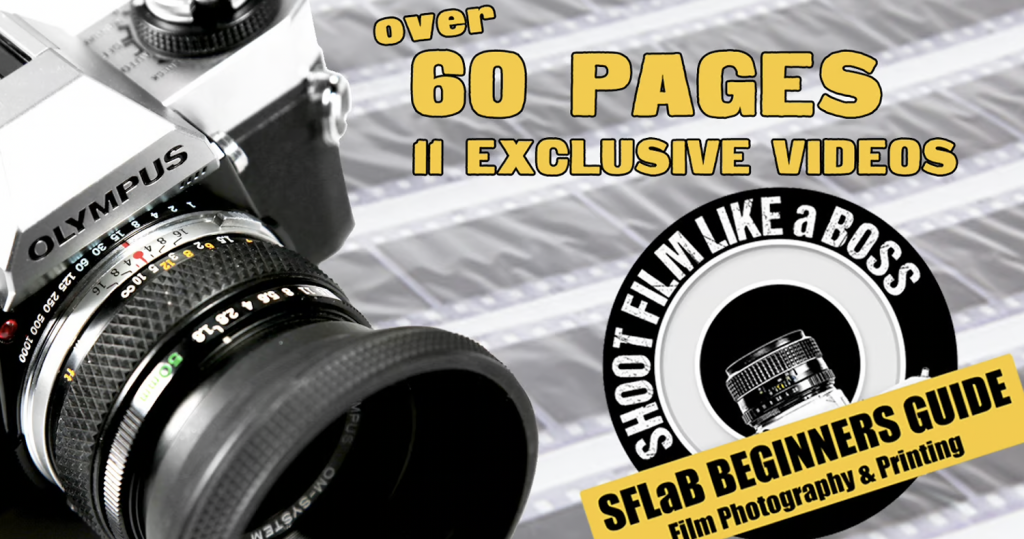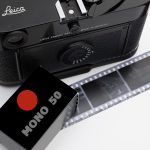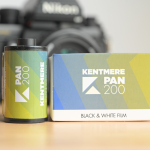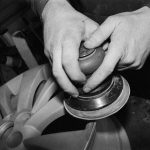A Window into Soviet Camera History

Hey everyone! I recently received an amazing gift from Phil, a regular viewer of my YouTube channel – a classic Zenit B film camera. This beautiful piece of photographic history got me digging into the Zenit brand, and I discovered a fascinating story of Soviet-era camera production.
Phil purchased this camera back in the 1970s along with two lenses and he wanted it to go to someone that would use it and keep it taking pictures. He said he purchased it from his Brothers catalogue.

Zenit: A Legacy Forged in the USSR
What do I know about the Zenit brand? Not a lot! I’ve never even used one before OR had the thought of getting one! BUT… I knew of the brand. Who doesn’t? And when I received this camera my first impressions were “This thing is indestructible!”. I’ve yet to put a roll in the camera as I write this, and I do intend to feature it on the SFLaB channel and shoot the S**T out of it, as I always do! But without loading a film – so far so good. It works… And it’s MINT! Watch the Video Review Below.
With the good ole internet by my side I looked deeper into this cameras past. It’s quite a fascinating story.
Zenit has a reputation of robust, affordable, and undeniably “Soviet” 35mm SLR cameras. Born out of the Krasnogorsky Mekhanichesky Zavod (Say that after a few sherbets!) (KMZ) factory near Moscow. Zenit cameras were mass-produced to bring photography to the masses in the Soviet Union and beyond. According to most sources, approximately 889,617 Zenit B cameras were produced between 1967 and 1979. I guess a bit like the Praktica brand from Pentacon they were mostly sold in the Eastern Block but crept its way into Europe and beyond.
It all began after World War II. KMZ, originally an optics factory, was tasked with producing cameras. Their first model, the Zorki, was heavily inspired by the pre-war German Leica II. But it was in 1952, with the introduction of the Zenit, that the brand truly came into its own. This camera was based on the Zorki rangefinder and featured the M39 lens mount and a distinct FED/Leica design.

And it doesn’t surprise me that these cameras were inspired by the Leica II. Like the FED camera it features that spinning shutter speed dial, which I absolutely love! Be careful advancing. Some say to change the shutter speed after advancing. Others say before advancing. The manual states either way. There appears to be a lot of word of mouth about this rule so always try and download a cameras manual if you can to find the correct procedure.

The Zenit B: A Classic Refined
The Zenit B, gifted to me by Phil, is a slightly later model, produced from 1967 to 1979. It’s a refined version of the original Zenit, boasting several improvements:
(The serial number on the camera donates the year the camera was made by taking the first 2 numbers, in this case 1972).
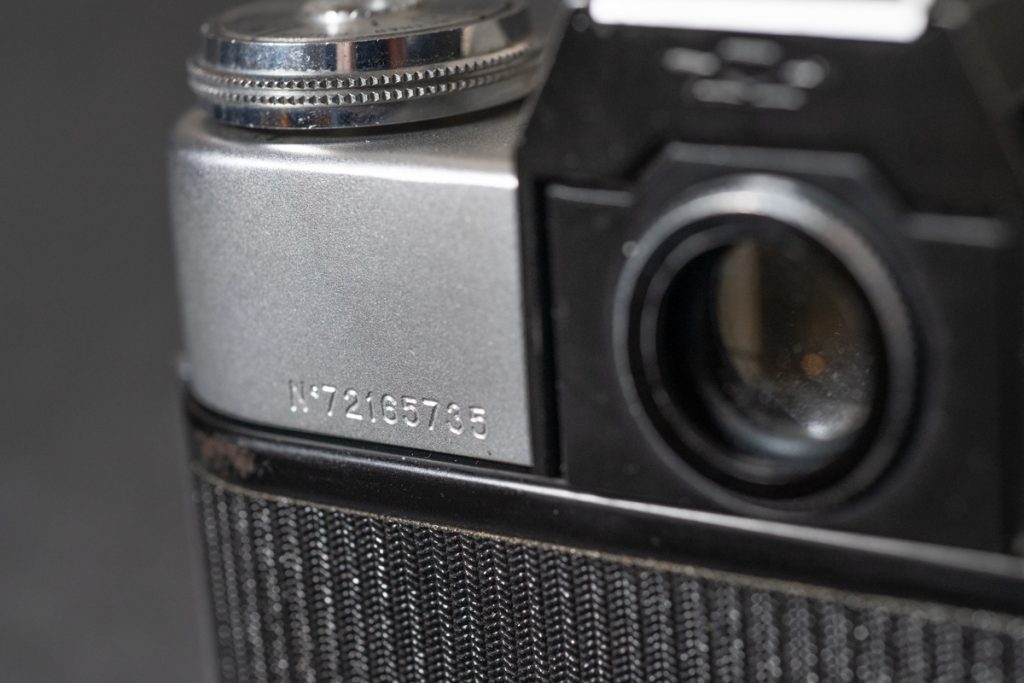
Features:
- Shutter speeds from 1/60th to 1/500th of a second: Which is fine. I don’t need to slow down and I don’t need to speed up! Mostly I guess I will be in lighting conditions offering 1/125th.
- Attachment Shoe: (Not Hot)
- Flash sync Port: Enabling use of flash.
- Self-timer: A handy feature for self-portraits or group shots. And it works!
- Cloth shutter curtain: Like many of these style cameras the shutter curtain is cloth, or silk. Unlike the Pentacon SIX the curtain is protected from sun pinholes by the cameras mirror. Don’t leave the Pentacon Six pointed at the sun with the lens cap off! I found that out the hard way.

Even the inside back of the camera looks like it’s built to withstand anything. The film feeder spool does look a bit fiddly though!

- M42 lens mount: Zenit upgraded their cameras to the more popular M42 Mount Providing access to a wide range of affordable lenses. These are plentiful online and some at a very fair price. And there are dozens of classic cameras supporting the format. The Screw Version.
- Durable metal construction: Ensuring the camera could withstand the battering of everyday use. This thing feels indestructible! It’s heavy too weighting just over 800g.
- Simple, mechanical operation: Nothing fancy here at all. And possibly a perfect camera for those wanting to delve into photography, like many other old classics. No auto this and that. Just pure hands on photography. Not even a light meter! But at least you have TTL focusing!
- Frame Counter: This model features a DIY frame counter. Yup! You have to position it to frame 1 at the start of your film, and it will magically count up as you advance frame by frame.
Crikey!! Don’t we have it easy today with our Digital Cameras.

The Zenit Legacy
Zenit cameras, including the B model, were exported worldwide, becoming particularly popular in Eastern Europe and the UK due to their affordability. They offered a gateway into SLR photography for many aspiring photographers who couldn’t afford the pricier Western alternatives. I remember my Brother getting into Photography with a Praktica 35mm camera. Being a little S**T brother I’d play with it when he was out.
I also remember seeing these cameras in Argos back in the 80’s. Along with other affordable brands. Here’s one I found in an old Argos Catalogue online. The price? £49!! I’m not sure but I would imagine Dixons were also selling these cameras back then so you can see how far the brand travelled and they were popular back in the day for enthusiasts. Credit: www.issuu.com
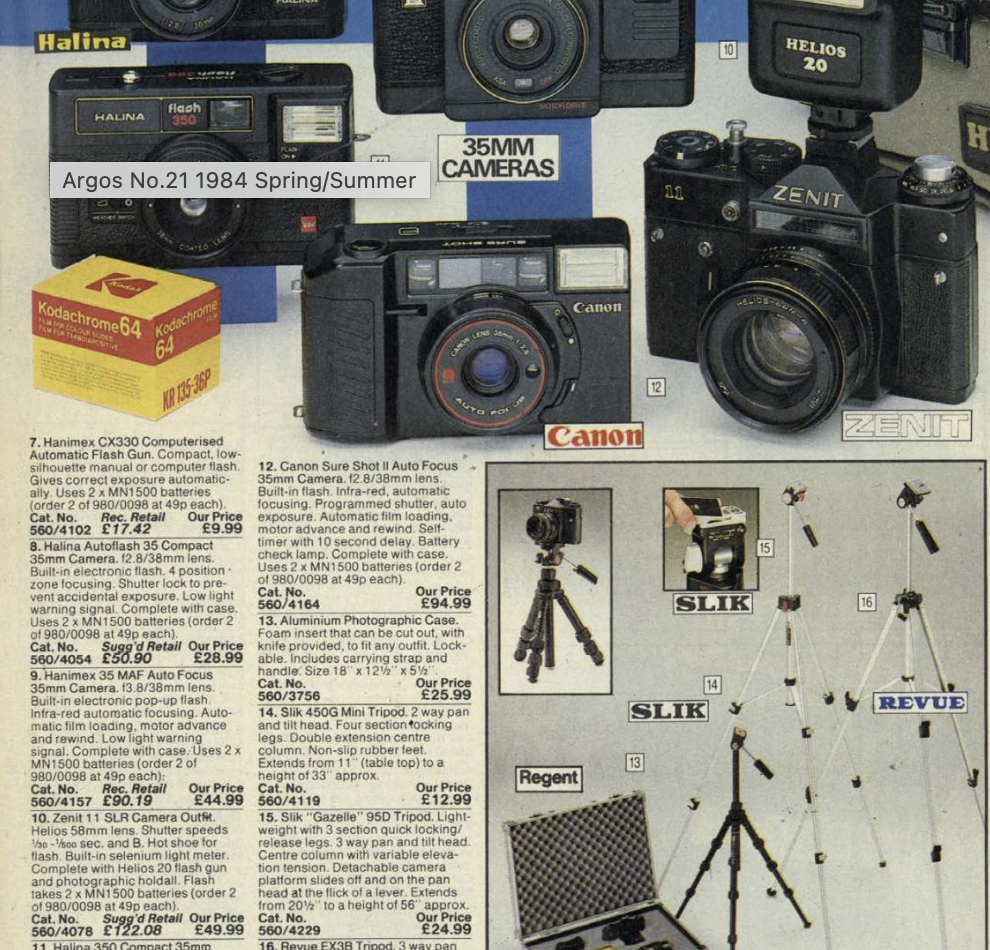
While Zenit production eventually dwindled with the fall of the Soviet Union, the brand left an undeniable mark on photographic history. These cameras are a testament to Soviet engineering and a reminder of a time when photography was a more mechanical and deliberate process unlike today’s click and look. And thats not a knock on Digital. Digital is fantastic and professionally I’d be lost without it. But it has made photography So much easier and more available to everyone with camera phones. I’m guessing somehow this is why film is making such a comeback. Those that love photography and have always had a digital camera phone in their pocket and take it for granted. Let’s try film! Thats different.
Phil also included a couple of M42 Lenses. An Industar 50mm f3.5 lens and a wide 24mm Hoya Lens. I look forward to seeing the 24mm perform as it’s the widest lens on my film cameras so far.

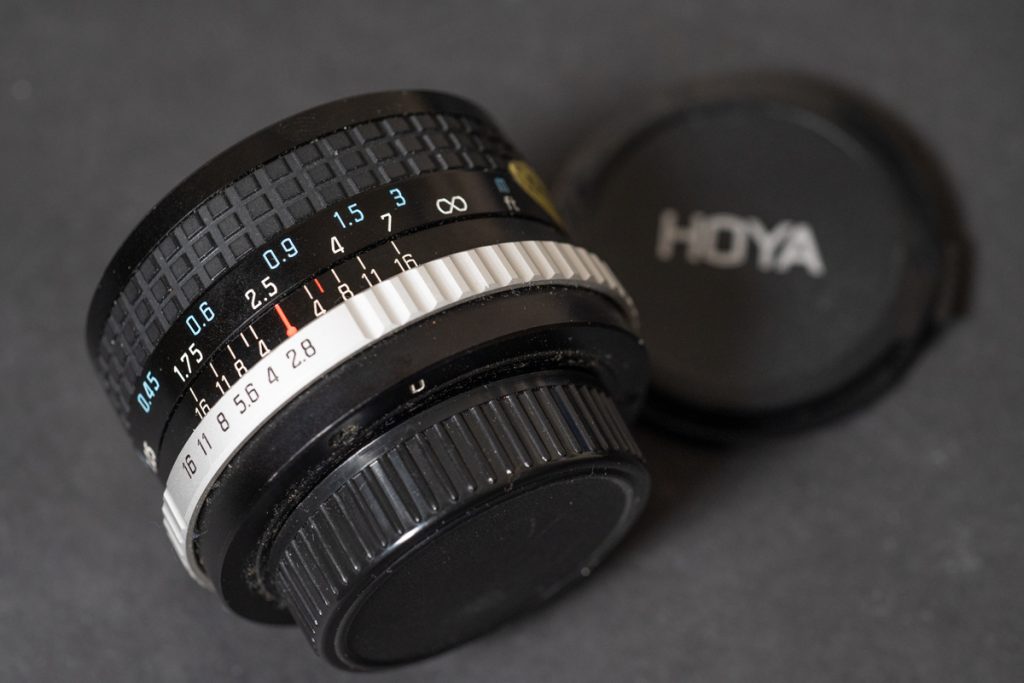

A Big Thank You to Phil!
Phil, thank you so much for this amazing gift. It means a lot to me, and I can’t wait to put it to good use!
If you want to know more of the Zenit history here is a link https://zenit-kmz.com/eng/about-history/
The Vlog Photos.
Here are a few photographs I took on Ilford FP4. Developed in 510 PYRO.
Industar 50mm f3.5 Lens
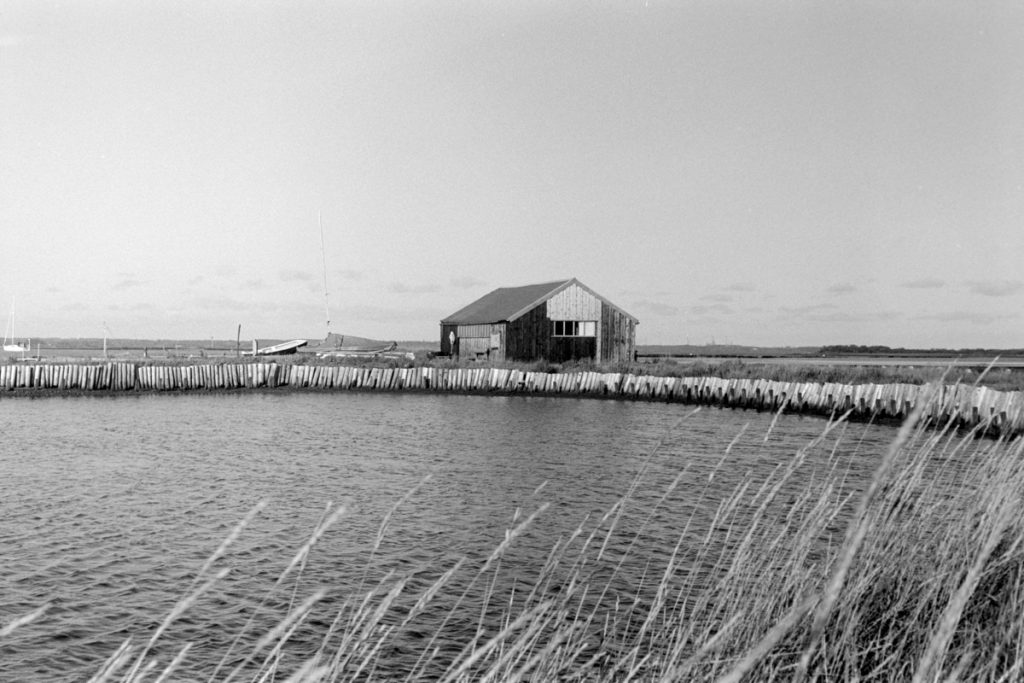


Hoya 24mm f2.8 Lens (Orange Filter)


